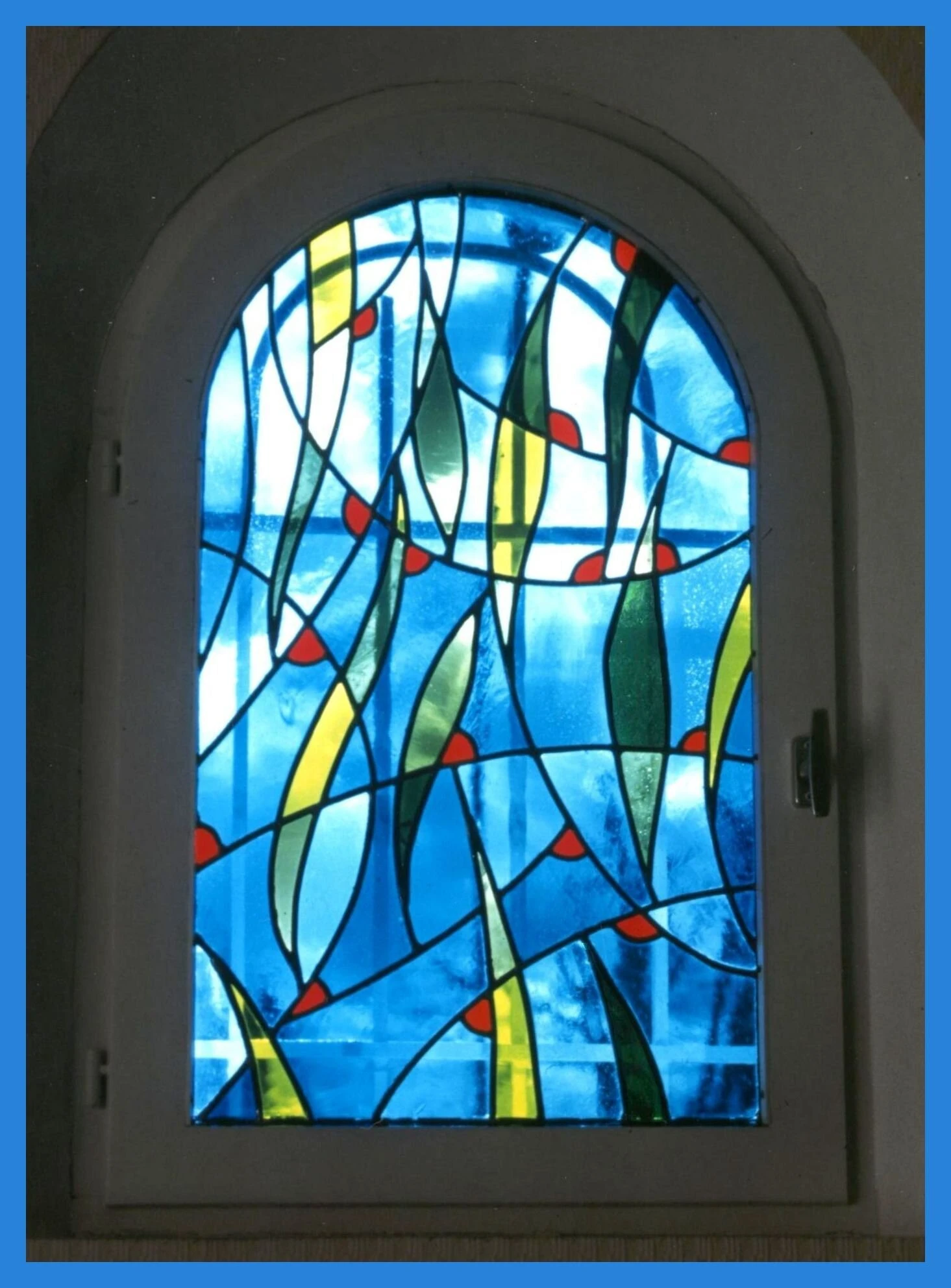

The Evolution and Significance of Tinted Glass in China
In recent years, tinted glass has emerged as a crucial component in various architectural, automotive, and decorative applications in China. Tinted glass, characterized by its ability to reduce glare and enhance privacy while permitting natural light, offers a range of benefits that align well with the demands of modern urban living and building design. The evolution and growing significance of tinted glass in China can be attributed to several factors, including technological advancements, environmental considerations, and aesthetic preferences.
Historical Context
Historically, glass production in China dates back thousands of years, with exquisite designs and intricate craftsmanship evident in ancient artifacts. However, the concept of tinted glass is relatively modern, emerging alongside advancements in glass manufacturing techniques. The industrialization of the late 20th century marked a pivotal shift, as the demand for energy-efficient and aesthetically pleasing building materials surged. With rapid urbanization and economic growth in the 21st century, tinted glass gained traction in both commercial and residential settings.
Technological Advancements
The rise of tinted glass can be attributed to significant technological developments in the glass manufacturing industry. Modern techniques allow for various levels of tint and coloration, enabling architects and designers to create distinctive facades and interiors. These advanced processes often involve the use of coating technologies that enhance the durability and performance of tinted glass. For instance, low-emissivity (Low-E) coatings can increase energy efficiency by reducing heat transfer, while enhancing the aesthetic value of the glass.
In China, manufacturers have embraced innovation, leading to the production of high-quality tinted glass that meets international standards. The integration of these advanced technologies has positioned China as a significant player in the global glass market. Notably, the production of laminated tinted glass, which combines two or more layers of glass with interlayers of polyvinyl butyral (PVB), has gained popularity due to its safety features, sound insulation properties, and enhanced visual appeal.
Environmental Considerations

As concerns over environmental sustainability grow, the construction industry in China is increasingly leaning towards greener practices. Tinted glass plays a vital role in this transition by reducing the reliance on artificial lighting and air conditioning. By controlling solar heat gain and reducing glare, tinted glass minimizes energy consumption, which is essential in a country grappling with significant energy demands.
Government regulations and initiatives aimed at promoting energy-efficient building practices have further propelled the use of tinted glass in various projects. For example, the implementation of the Green Building Evaluation Standard in China encourages the adoption of materials that contribute to energy conservation and sustainable development. Consequently, tinted glass has found a prominent place in the design of eco-friendly buildings and infrastructures.
Aesthetic Appeal
Beyond its functional advantages, tinted glass offers significant aesthetic benefits that have captured the attention of architects and interior designers. The ability to customize the color and opacity of tinted glass allows for greater creativity in design. From skyscrapers with reflective surfaces that change appearance with the sun's rays to serene residential windows that blend seamlessly with the surrounding environment, tinted glass provides an array of visual possibilities.
Moreover, tinted glass enhances the privacy of spaces without sacrificing natural light. This balance is particularly appealing in urban settings, where buildings are often in close proximity to one another. Tinted glass solutions offer homeowners and businesses the opportunity to create private yet inviting environments that foster comfort and tranquility.
Conclusion
In conclusion, tinted glass has transformed the landscape of construction and design in China, driven by technological advancements, environmental consciousness, and an appreciation for aesthetic appeal. Its ability to enhance energy efficiency, improve safety, and provide visual comfort has solidified its status as an essential material in modern architecture and design. As China continues to grow and evolve, the demand for tinted glass is likely to expand, further rooting its significance in the realm of building materials. The future of tinted glass in China looks promising, pointing towards innovative applications and sustainable practices that will serve the needs of both people and the planet.